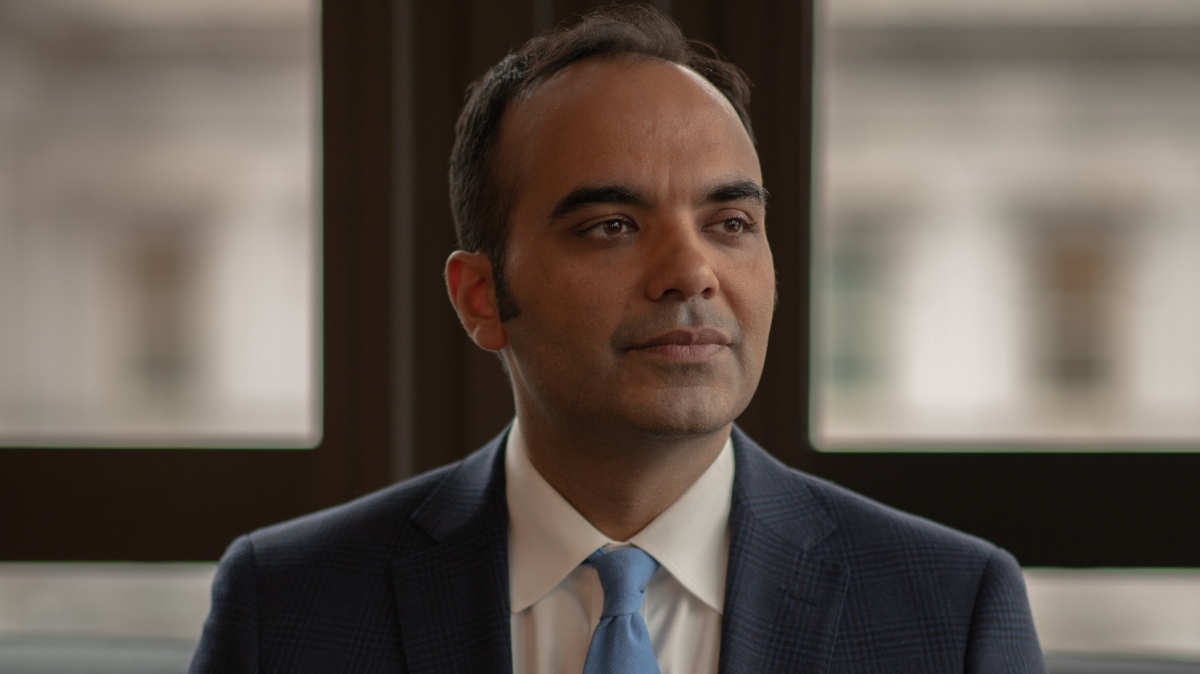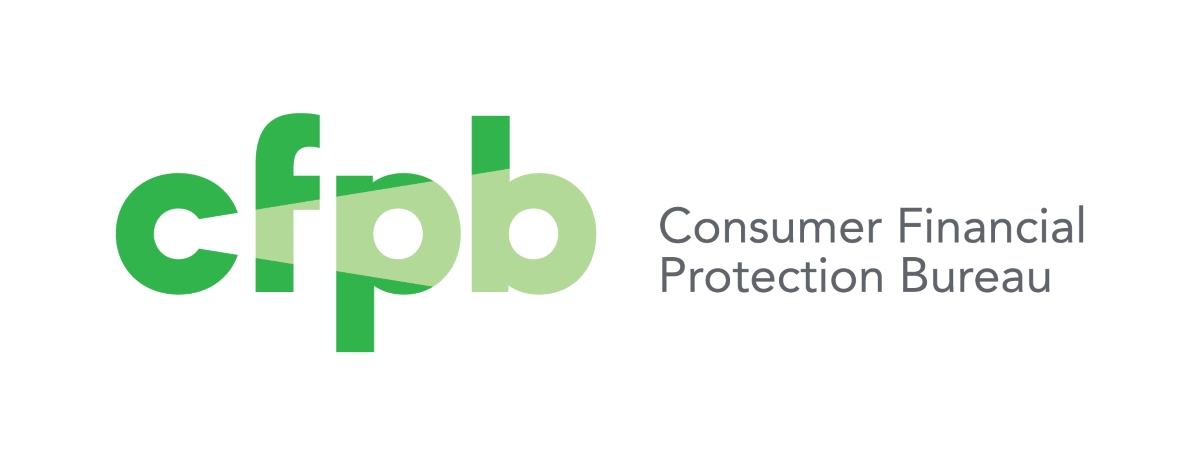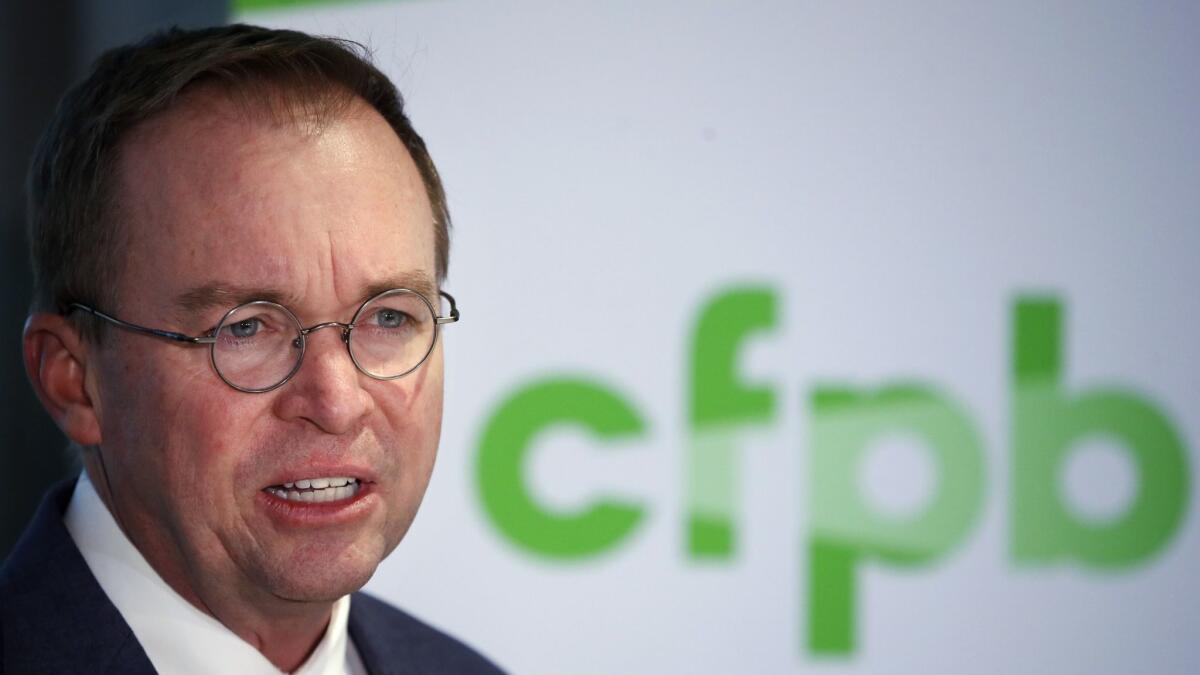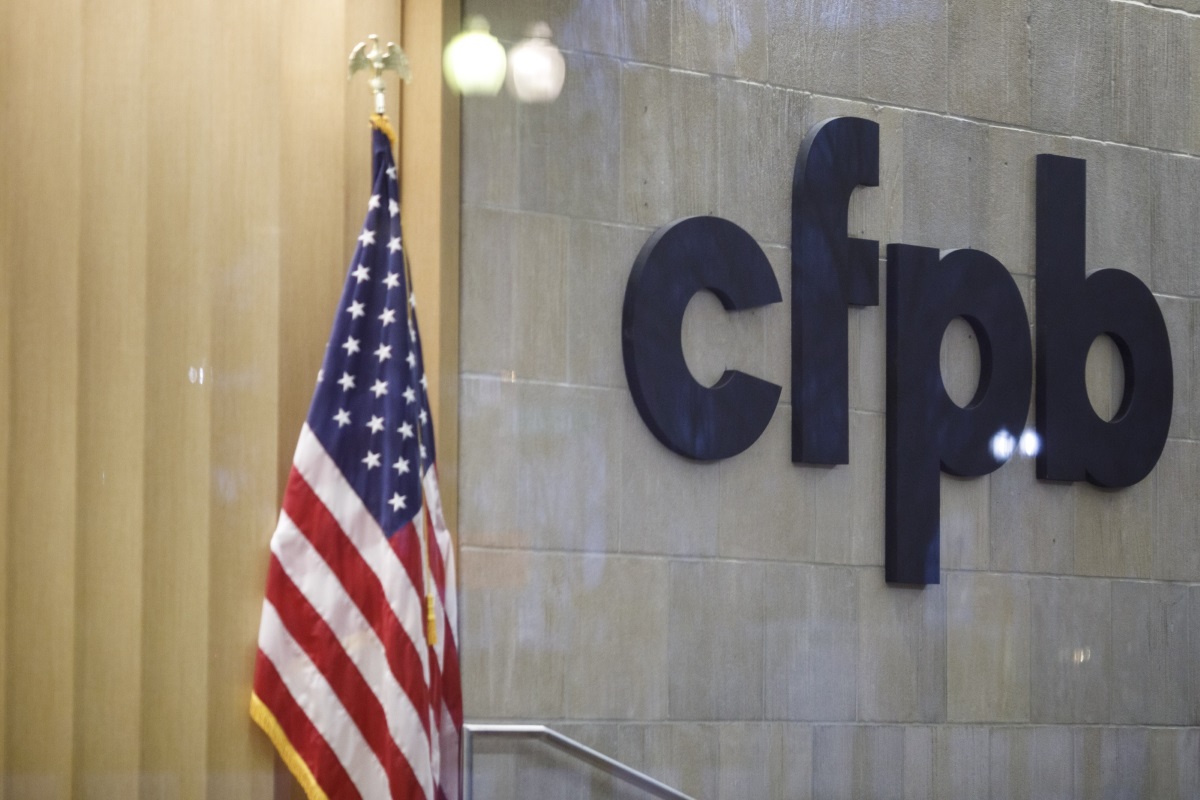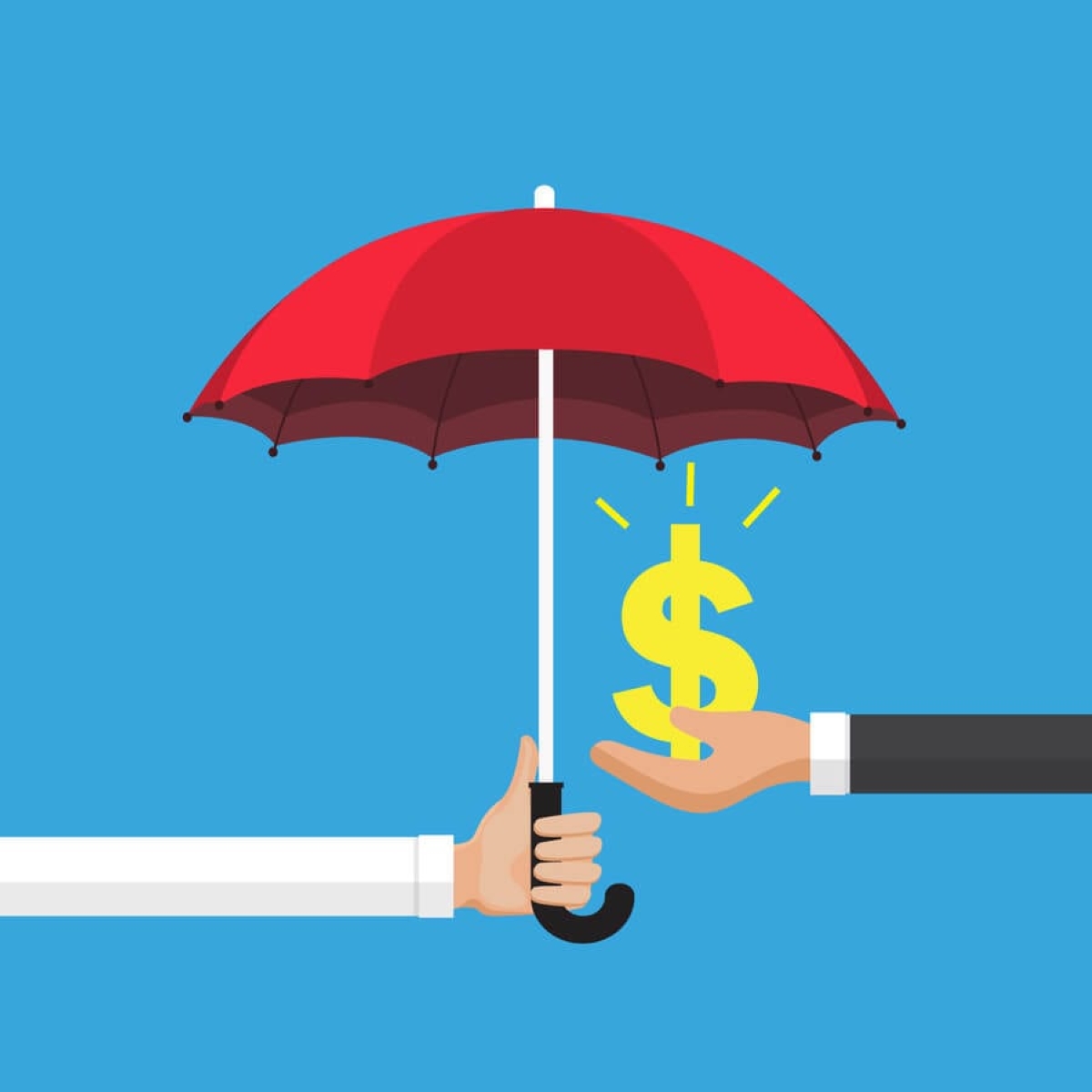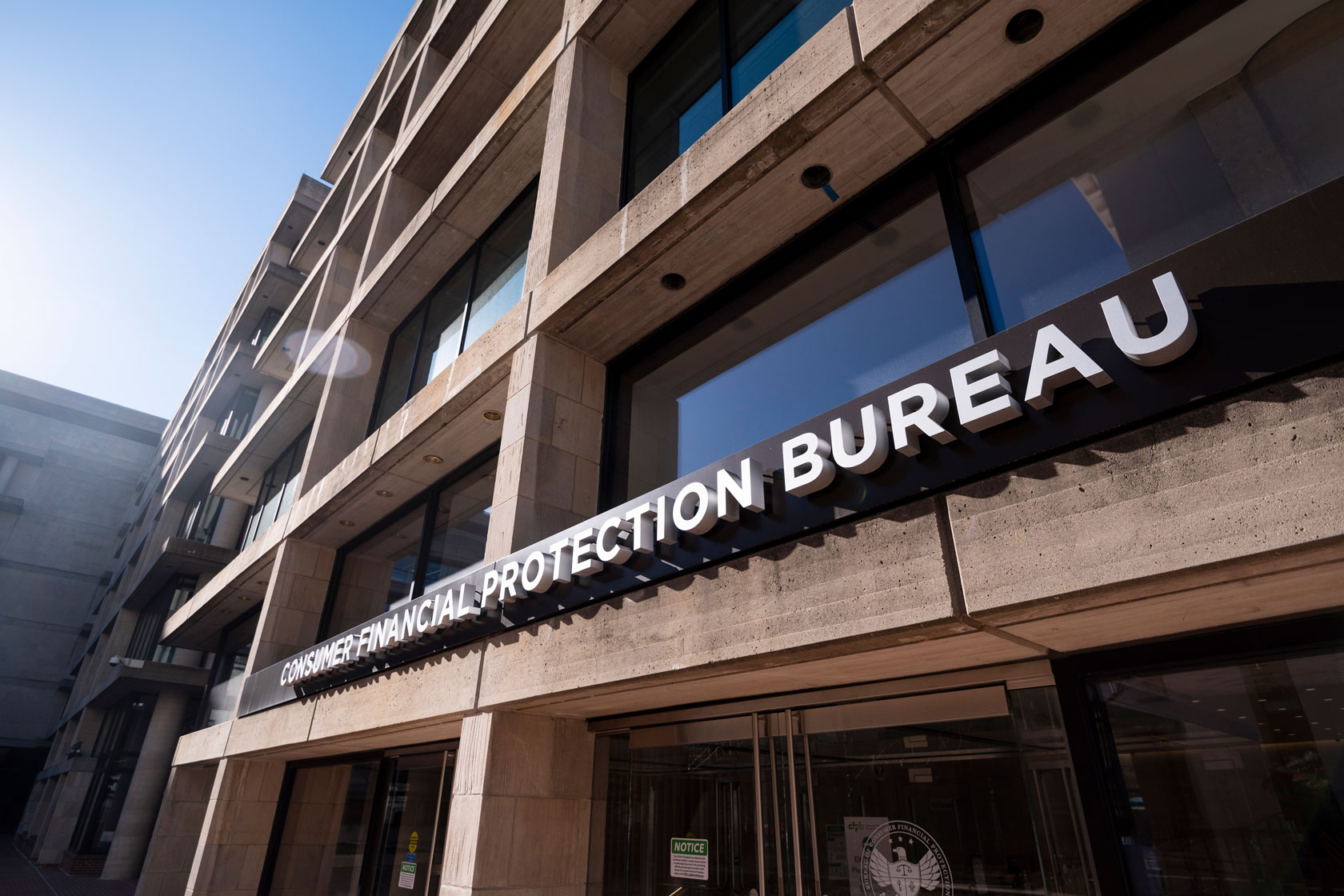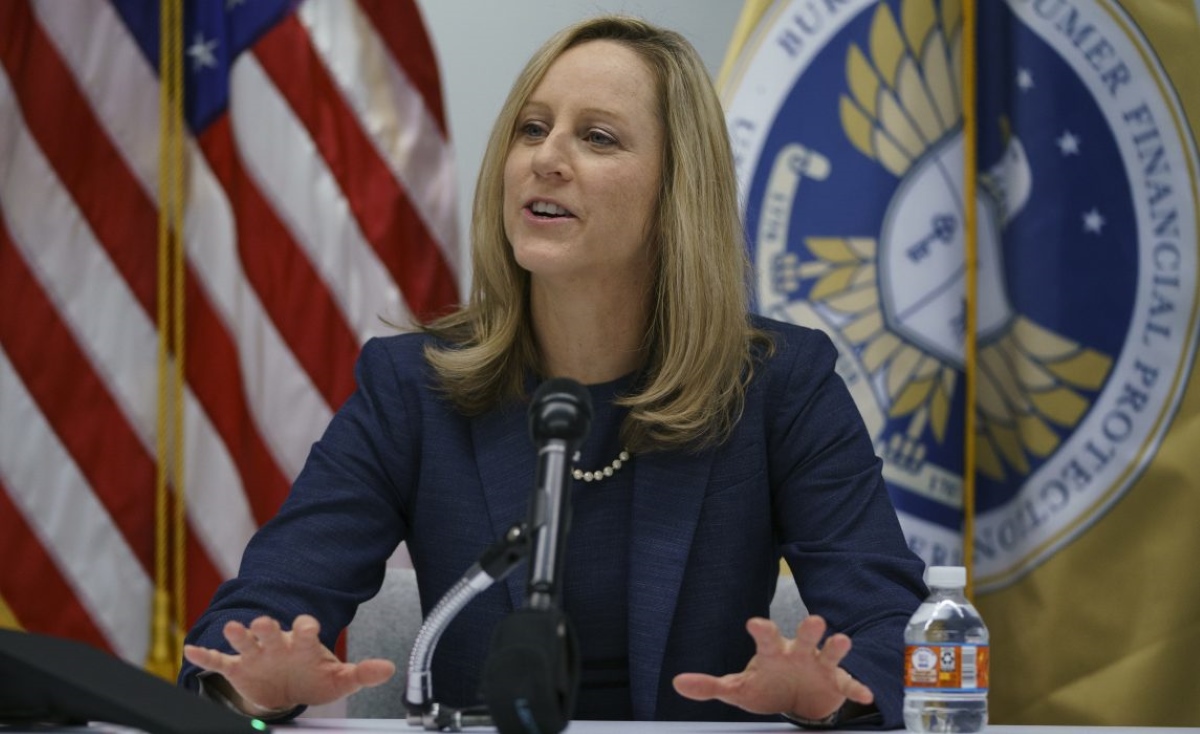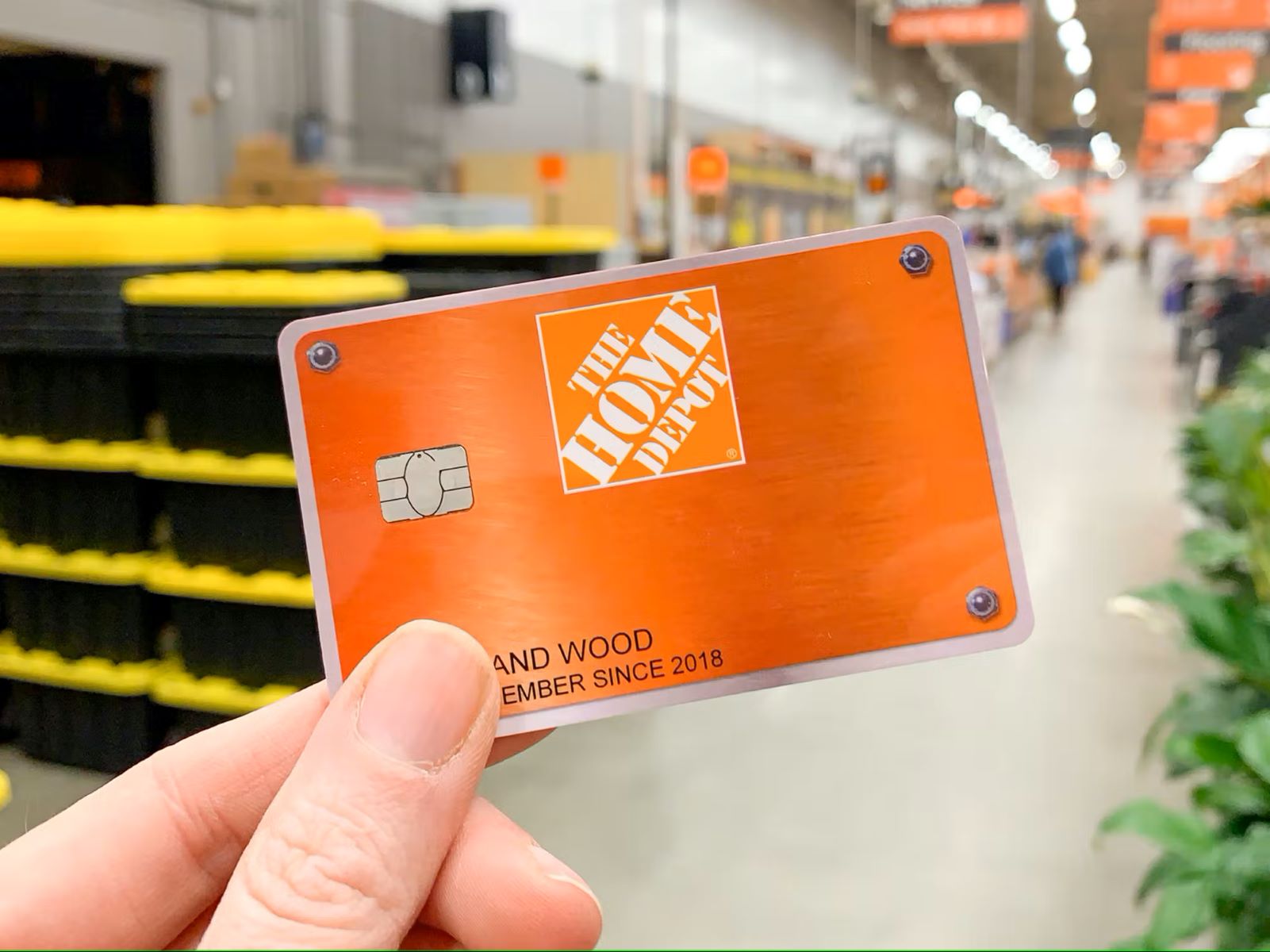Home>Finance>What Is A PayPal Claim And Its Relation To The Consumer Financial Protection Bureau
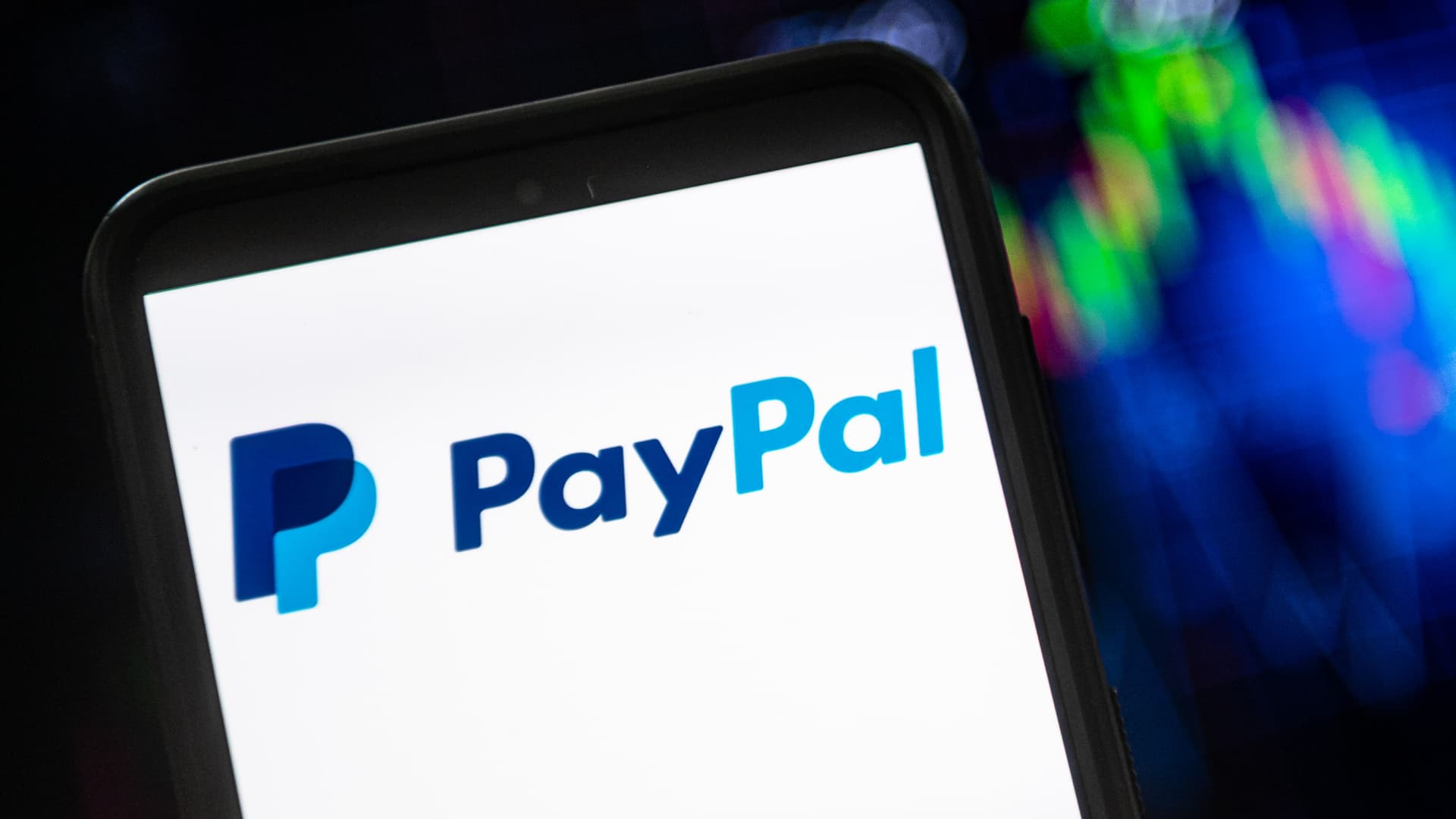

Finance
What Is A PayPal Claim And Its Relation To The Consumer Financial Protection Bureau
Modified: March 1, 2024
Learn about PayPal claims and their relation to the Consumer Financial Protection Bureau. Understand how these claims impact finance and consumer protection.
(Many of the links in this article redirect to a specific reviewed product. Your purchase of these products through affiliate links helps to generate commission for LiveWell, at no extra cost. Learn more)
Table of Contents
- Introduction
- Overview of PayPal Claims Process
- What is a PayPal Claim?
- How to File a PayPal Claim
- PayPal Claim Resolution Process
- Consumer Financial Protection Bureau (CFPB)
- Relation between PayPal Claims and CFPB
- Benefits of CFPB Involvement in PayPal Claims
- Criticisms of CFPB’s Role in PayPal Claims
- Conclusion
Introduction
When it comes to online financial transactions, PayPal has become a household name. With millions of users worldwide, PayPal offers a convenient and secure way to send and receive money, make online purchases, and even manage your business transactions.
However, in some cases, disputes may arise between buyers and sellers, leading to the need for a resolution. This is where PayPal claims come into play. Understanding what a PayPal claim is and how it relates to the Consumer Financial Protection Bureau (CFPB) can be crucial in navigating the resolution process.
In this article, we’ll provide a comprehensive overview of PayPal claims and explore their connection to the CFPB. We’ll delve into the steps involved in filing a PayPal claim, the resolution process, and discuss the benefits and criticisms of the CFPB’s role in PayPal claims.
Whether you’re a PayPal user looking to understand your rights and options or simply curious about how PayPal claims work, this article will provide valuable insights into this important aspect of online financial transactions.
Overview of PayPal Claims Process
Before diving into the specifics of PayPal claims, let’s first understand the overall process. When a dispute arises between a buyer and a seller on PayPal, the buyer has the option to file a claim with PayPal to seek a resolution.
The goal of the PayPal claims process is to provide a fair and impartial solution for both parties involved in the dispute. PayPal acts as a mediator, working to facilitate communication and resolve the issue without the need for legal intervention, if possible.
When a claim is filed, PayPal will review the case and gather relevant information from both the buyer and the seller. This may include transaction details, communication between the parties, and any supporting documentation provided by both sides.
Once all the necessary information is collected, PayPal will assess the claim and make a decision. This decision can result in a refund to the buyer, a return of the item to the seller, or another resolution that is deemed appropriate based on the circumstances of the case.
It’s important to note that PayPal’s claims process is separate from any protection offered by credit card companies or other payment methods. If a buyer used a credit card for the transaction, they may also have the option to file a chargeback with their credit card issuer.
Now that we have a general understanding of the PayPal claims process, let’s delve into what exactly a PayPal claim entails and how to initiate one.
What is a PayPal Claim?
A PayPal claim is a formal complaint or dispute filed by a buyer against a seller in an attempt to seek a resolution for an issue related to a transaction conducted through PayPal. It serves as a platform for buyers to voice their concerns and request intervention from PayPal to help resolve the dispute.
Common reasons for filing a PayPal claim may include receiving a damaged or incorrect item, not receiving the purchased item at all, or experiencing unauthorized charges on a PayPal account. By filing a claim, the buyer alerts PayPal to the issue and initiates the resolution process.
It is essential to note that filing a claim should be done as a last resort, after attempting to resolve the issue with the seller directly. PayPal encourages buyers and sellers to communicate and work together to find a mutually satisfactory solution before escalating the matter to a claim.
When filing a PayPal claim, buyers should provide detailed information about the transaction, including the date, amount, and description of the item or service purchased. Additionally, buyers are typically required to provide any relevant evidence, such as photographs, tracking numbers, or communication records, to support their claim.
Once a claim is filed, PayPal will notify the seller and request their response within a specified timeframe. Sellers have an opportunity to provide their side of the story and submit any evidence or details that can aid in resolving the dispute.
It’s important to remember that PayPal’s involvement in a claim is to facilitate a resolution between the buyer and seller. PayPal evaluates the provided information and makes a decision based on their policies and guidelines. Their primary objective is to ensure fairness and protect the interests of both parties involved.
Now that we understand what a PayPal claim is, let’s explore the steps involved in filing a claim and how PayPal handles the resolution process.
How to File a PayPal Claim
Filing a PayPal claim is a straightforward process that can be done through the PayPal website or mobile app. Follow these steps to initiate a claim:
- Step 1: Log in to your PayPal account – Ensure you have your login credentials ready to access your PayPal account.
- Step 2: Go to the Resolution Center – Navigate to the Resolution Center, which can usually be found under the “More” or “Help” section of your PayPal account.
- Step 3: Click on “Report a Problem” – Select the “Report a Problem” option to begin the claims process.
- Step 4: Choose the transaction – Identify the specific transaction related to the dispute and select it from the list of recent transactions.
- Step 5: Select the reason for filing a claim – PayPal provides various categories to indicate the reason for your claim. Choose the one that best describes the issue you are facing.
- Step 6: Provide details and evidence – Clearly explain the problem you are experiencing and provide any supporting documentation, such as photos, emails, or tracking information, that can substantiate your claim.
- Step 7: Submit the claim – Once you have filled out all the necessary details and attached the required evidence, review the information and click on the “Submit” button to submit your claim to PayPal.
After filing a claim, PayPal will notify the seller and provide them with an opportunity to respond. It is important to maintain open communication with PayPal throughout the process and promptly provide any additional information or evidence they might request.
PayPal aims to resolve claims within a reasonable timeframe, typically within 30 days. However, the resolution time may vary depending on the complexity of the case and the availability of information from both parties.
Remember, filing a dispute should be seen as a last resort when direct communication with the seller has failed to yield a satisfactory resolution. It is always advisable to try resolving the issue amicably before escalating it to a claim.
Now that we understand how to file a PayPal claim, let’s explore how PayPal handles the resolution process.
PayPal Claim Resolution Process
Once a PayPal claim is filed, the resolution process begins. PayPal follows a systematic approach to evaluate the claim and reach a fair resolution for both the buyer and seller. Here are the key steps involved in the PayPal claim resolution process:
- Step 1: Review of Claim Details – PayPal carefully reviews the details provided by both the buyer and seller. This includes transaction information, communication records, and any supporting documentation submitted by both parties.
- Step 2: Communication with the Seller – PayPal engages with the seller by providing them with the claim details and allowing them to respond. The seller is given an opportunity to present their side of the story, provide evidence, and address the buyer’s concerns.
- Step 3: Examination of Evidence – PayPal thoroughly examines the evidence provided by both the buyer and seller. This may include reviewing photographs, tracking information, shipping details, and any relevant correspondence.
- Step 4: Decision-Making Process – Based on the information gathered and reviewed, PayPal makes a decision regarding the claim. The decision can result in various outcomes, such as issuing a refund to the buyer, facilitating a return of the item to the seller, or resolving the issue through additional means, such as mediation or arbitration.
- Step 5: Communication of Decision – PayPal communicates the decision to both the buyer and seller. This typically occurs through email notifications and updates in the PayPal Resolution Center. The decision may be final, or PayPal may request further action from either party.
- Step 6: Appeal Process – If a party disagrees with the resolution decision, PayPal provides an appeal process. The appealing party can submit additional information or evidence to support their case. PayPal then reviews the appeal and makes a final decision.
Throughout the resolution process, PayPal aims to ensure fairness and transparency. They strive to reach a resolution that is reasonable and satisfactory for both the buyer and seller. It’s important to note that PayPal’s decision is based on their policies and guidelines, as well as the information provided by both parties involved.
Now that we have discussed the PayPal claim resolution process, let’s explore the role of the Consumer Financial Protection Bureau (CFPB) in relation to PayPal claims.
Consumer Financial Protection Bureau (CFPB)
The Consumer Financial Protection Bureau (CFPB) is a federal agency in the United States that is responsible for protecting consumers in the financial marketplace. Established in 2011, the CFPB’s primary focus is to ensure that consumers are treated fairly and have access to transparent and responsible financial products and services.
The CFPB has the authority to regulate and enforce laws related to various financial sectors, including banks, credit unions, mortgage providers, payday lenders, and more. Their mission is to promote consumer financial education, monitor market practices, and address unfair, deceptive, or abusive acts or practices.
Through its enforcement actions, the CFPB aims to hold financial institutions accountable for any violations of consumer protection laws. They also provide resources and tools to help consumers understand their rights and make informed financial decisions.
The CFPB’s involvement extends beyond traditional financial institutions. They also play a role in overseeing certain digital payment platforms, such as PayPal, to ensure that consumers are protected in online financial transactions.
Now, let’s explore the relationship between PayPal claims and the Consumer Financial Protection Bureau (CFPB).
Relation between PayPal Claims and CFPB
The relationship between PayPal claims and the Consumer Financial Protection Bureau (CFPB) revolves around the CFPB’s role in protecting consumers and ensuring fair practices in the financial marketplace. While the CFPB primarily focuses on regulating financial institutions, their oversight also extends to digital payment platforms like PayPal.
As a prominent player in the online payment industry, PayPal falls under the purview of the CFPB to ensure that consumers using the platform are treated fairly and their rights are protected. The CFPB holds the responsibility of monitoring PayPal’s compliance with consumer protection laws, investigating any potential violations, and taking appropriate actions when necessary.
In relation to PayPal claims, the CFPB’s involvement can serve as an additional layer of consumer protection. While PayPal has its own dispute resolution process, the CFPB ensures that PayPal upholds fair practices and policies when handling claims. This oversight helps to maintain transparency, accountability, and consistency in PayPal’s approach to resolving disputes between buyers and sellers.
If consumers encounter issues with PayPal claims or believe that their rights have been violated during the process, they have the option to reach out to the CFPB. The CFPB provides a platform for consumers to file complaints and seek assistance if they believe that PayPal has not adequately addressed their concerns.
By overseeing PayPal’s claims process, the CFPB aims to create a level playing field for consumers and foster trust in the online payment ecosystem. The involvement of the CFPB helps to ensure that PayPal operates within the boundaries of consumer protection laws, reducing the risk of unfair practices or undue hardships for buyers.
While the CFPB’s role in relation to PayPal claims is critical, it’s important to note that PayPal is primarily responsible for resolving claims and providing satisfactory outcomes for buyers and sellers. The CFPB’s oversight serves as an additional layer of protection and a avenue for consumers to seek recourse when necessary.
Now, let’s explore the benefits associated with the CFPB’s involvement in PayPal claims.
Benefits of CFPB Involvement in PayPal Claims
The involvement of the Consumer Financial Protection Bureau (CFPB) in PayPal claims brings several benefits to consumers. Here are some key advantages of the CFPB’s oversight in relation to PayPal claims:
- Consumer Protection: The CFPB’s primary mission is to protect consumers, and their involvement in PayPal claims ensures that consumers’ rights are safeguarded throughout the resolution process. With the CFPB’s oversight, consumers can trust that PayPal will handle their claims fairly and adhere to consumer protection laws.
- Regulatory Compliance: The CFPB monitors PayPal’s compliance with federal consumer protection laws and regulations. This oversight helps ensure that PayPal follows established guidelines and maintains fair practices in resolving disputes. It holds PayPal accountable for adhering to industry standards and promotes transparency in the claims process.
- Mediation and Resolution Skills: The CFPB’s expertise in mediation and resolution processes can benefit PayPal claims. Their involvement can serve as an additional resource to facilitate communication between buyers and sellers, thereby increasing the chances of reaching a fair and mutually satisfactory resolution.
- Arbitration Support: In cases where disputes escalate and require arbitration, the CFPB can offer guidance and support. Their expertise in handling consumer financial disputes can ensure that the arbitration process is conducted in a fair and unbiased manner, protecting the interests of consumers involved in PayPal claims.
- Gathering Consumer Feedback: The CFPB provides a platform for consumers to file complaints and share their experiences concerning PayPal claims. This feedback allows the CFPB to identify patterns of issues and areas for improvement, prompting PayPal to enhance their claims process and address consumer concerns more effectively.
The CFPB’s involvement in PayPal claims adds an extra layer of oversight and accountability, promoting consumer confidence in PayPal as a secure and reliable payment platform. By upholding consumer protection laws and ensuring fair practices, the CFPB helps maintain a level playing field for buyers and sellers, fostering trust and transparency in online financial transactions.
While the CFPB’s involvement brings numerous benefits, it’s important to consider potential criticisms of their role in PayPal claims as well. Let’s explore these criticisms in the next section.
Criticisms of CFPB’s Role in PayPal Claims
While the Consumer Financial Protection Bureau (CFPB) plays an important role in protecting consumers and overseeing PayPal claims, there are some criticisms of the CFPB’s involvement. It’s important to consider these perspectives to have a balanced view. Here are some criticisms of the CFPB’s role in PayPal claims:
- Overreach and Interference: Critics argue that the CFPB’s involvement in PayPal claims represents an overreach of their regulatory authority. They believe that PayPal should be able to handle claims independently without excessive government intervention. Critics argue that the CFPB’s involvement can impede the efficiency and effectiveness of PayPal’s own dispute resolution process.
- Resource Allocation: Some critics contend that the CFPB’s allocation of resources towards regulating PayPal claims diverts their attention and resources away from other more significant financial issues. They argue that the CFPB should prioritize addressing larger systemic problems within the financial industry rather than focusing on individual PayPal claims.
- Lack of Expertise: Critics question the CFPB’s expertise in dealing with the intricacies of online payment platforms like PayPal. They argue that the CFPB’s main focus is on traditional financial institutions and may not have the necessary expertise to fully understand the unique challenges and dynamics of resolving claims in the digital payments context.
- Stifling Innovation: Some argue that the CFPB’s stringent oversight and regulations may stifle innovation within the digital payment industry. They claim that heavy regulatory burdens placed on platforms like PayPal can hinder their ability to introduce new features or improve their services, ultimately limiting consumer choices and advancements in the industry.
- Limited Impact: Critics argue that the CFPB’s involvement in PayPal claims may have limited impact in practice. They contend that PayPal already has its own dispute resolution process in place and the CFPB’s oversight may add unnecessary bureaucracy without significantly improving the outcomes for consumers.
While these criticisms exist, it’s important to note that the CFPB’s role in PayPal claims serves to protect consumer interests and promote fair practices. The CFPB’s oversight provides an additional layer of accountability and transparency in ensuring that PayPal adheres to consumer protection laws and resolves disputes in a fair manner.
Now that we have explored the criticisms, it’s important to reflect on the overall significance of the CFPB’s involvement in PayPal claims.
Conclusion
In conclusion, PayPal claims serve as a means for buyers to seek resolution for disputes that may arise in online financial transactions. The involvement of the Consumer Financial Protection Bureau (CFPB) brings both benefits and criticisms to the process.
The CFPB’s role in PayPal claims is beneficial in several ways. It enhances consumer protection by ensuring that PayPal adheres to consumer protection laws and regulations. The CFPB’s oversight promotes transparency and accountability, fostering trust in the claims resolution process. Their mediation and arbitration skills can help facilitate communication and reach fair resolutions. Additionally, the CFPB’s gathering of consumer feedback provides valuable insights to improve PayPal’s claims process.
However, critics argue that the CFPB’s involvement may lead to overreach and interference, divert resources from other financial issues, and potentially stifle innovation. Questions have been raised regarding the CFPB’s expertise in the digital payment space and concerns about limited impact on improving consumer outcomes.
Despite the criticisms, the CFPB plays a vital role in protecting consumer interests and maintaining fairness in the PayPal claims process. Their oversight helps ensure that buyers and sellers are treated fairly, fostering trust in online financial transactions.
Ultimately, PayPal users should be aware of their rights and responsibilities when it comes to filing claims. It is advisable to attempt direct communication with the seller before resorting to a claim. Should the need arise, following the necessary steps, engaging in clear and timely communication, and providing supporting evidence can help facilitate a swift resolution.
By understanding the PayPal claims process and the role of the CFPB, users can navigate disputes with confidence, knowing that there is a system in place to protect their interests and promote fair outcomes.
